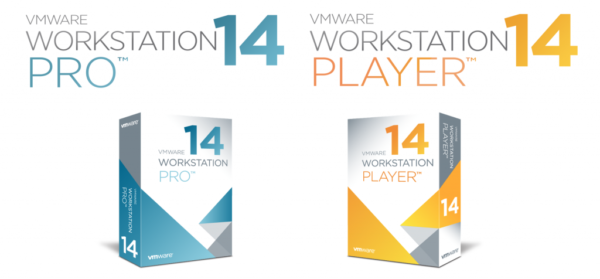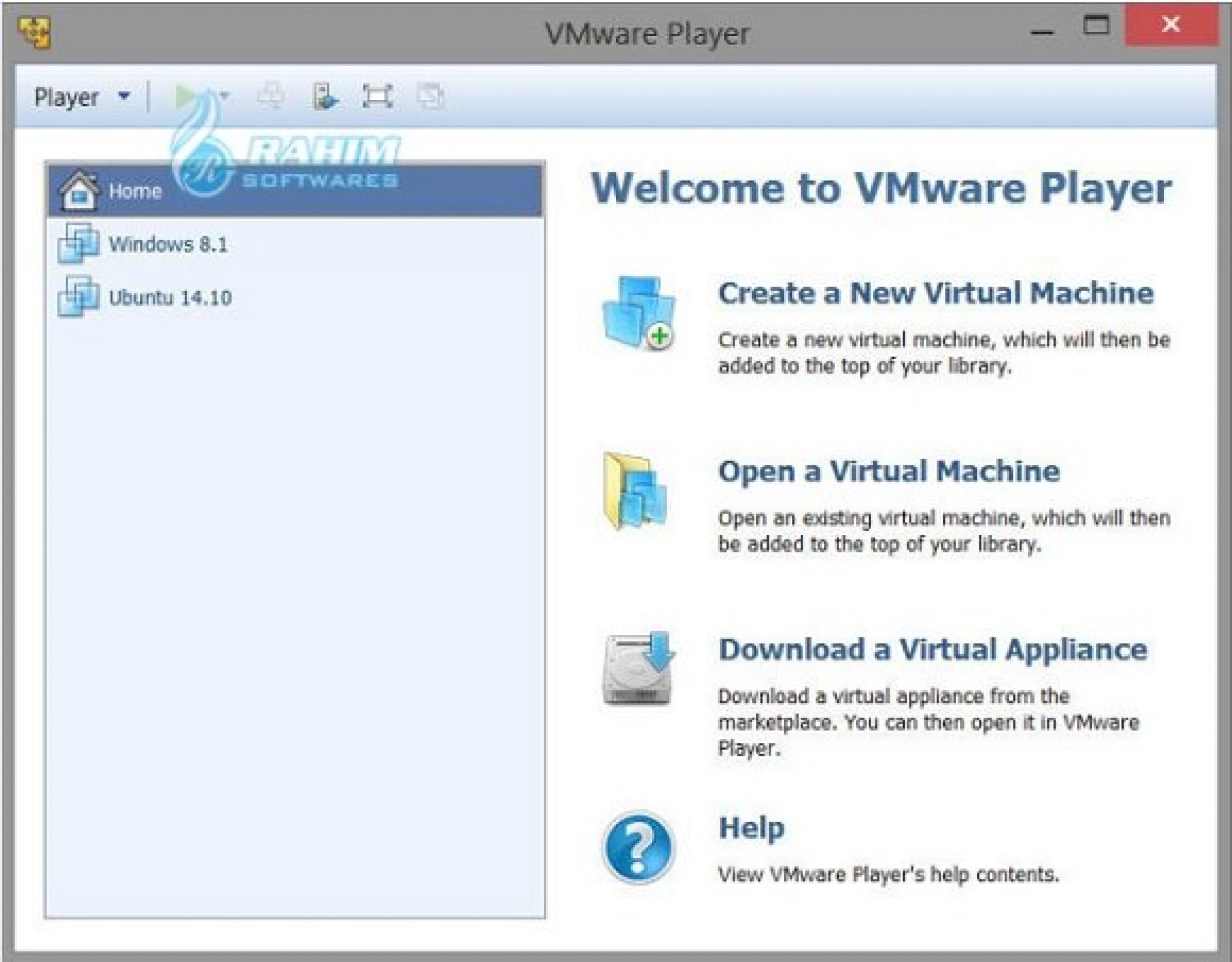

One will be used to start all the services when required, and one to stop all VMware services when you are finished using VMware.Ĭopy the following lines onto a text file and save it to your desktop: sc start VMAuthdService Next, instead of manually starting or stopping the services each time you want to start VMware Workstation, create two batch files. Note: The Agent Service should already be in Manual mode. You only need to run this batch file once to set the services startup mode. You can create a text file with the above commands, and save it as a batch file, such as Set_VMware_services.bat. Sc config "VMWare NAT Service" start= demand You can also automate these actions by running the following commands: sc config VMAuthdService start= demand After all the VMware services are set to manual, the services list should look like this:.Change startup mode to “Manual” instead of “Automatic”.In the right pane, right-click each one of the services listed above, and select Properties.


Click Start > Run and type “services.msc”.These are the services that VMware runs automatically at the system startup:Īn easier and simplest solution would be to set these services to manual startup type, so they doesn’t start at system startup. These services consume quite a considerable system resources, and sometimes slow down the system startup time. If you ‘re an IT Pro, a developer or a home user who uses VMware products to run virtual machines for testing or evaluation purposes, and only use VMware temporarily, then you wouldn’t want VMware ‘s services to use system resources while you are not actually running any Virtual Machines. The first two are free to use, the latter costs some money but has features that make it a lot more valuable than competing products.Īs it turns out, VMware products, unlike Microsoft products such as Virtual PC 2007 and Virtual Server 2005, install services on the computer that are configured to start automatically when the computer boots. Whatever your reasons may be, the VMware tools are one option to virtualize your VMs, and include VMware Player, VMware Server, and VMware Workstation. Scenarios for using such products include times when you wish to test an application before installing it on your production environment, test a service pack or hotfix, and even run legacy applications. VMware ‘s virtualization products make it easy for end users to virtualize almost any operating system and make it easy to test and run almost any application.


 0 kommentar(er)
0 kommentar(er)
